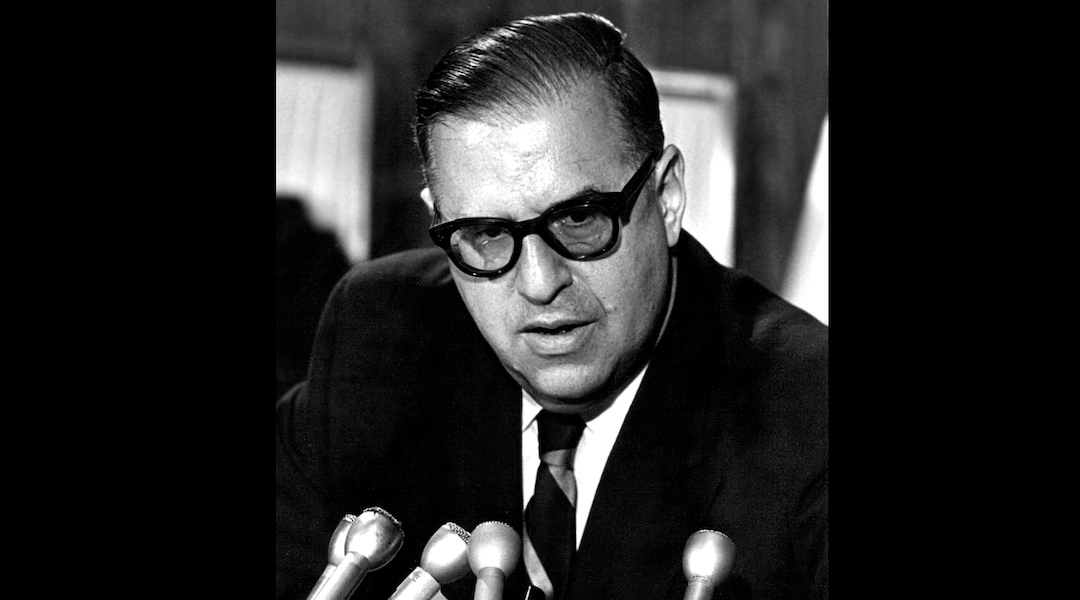Foreign Minister Abba Eban told a Jewish audience here last night that Israel will “never go back to the Juridical anarchy, the political chaos and to the demarcation lino” of 1967. “This time, nothing less than peace within rational, secure and permanent boundaries with our neighbors” will be accepted, he said. “Never shall there be a Middle East without an Israeli sovereign state in the area.” Mr. Eban, who arrived here from London yesterday, drew a crown of 18,000 described as the largest single gathering in the history of Montreal Jewry. He came to Canada to discuss Middle East problems with government officials. He is due in Washington tomorrow for meetings with Secretary of State William P. Rogers and other U.S. government officials. Mr. Eban drew an emotional response from his audience when he declared that the Golan Heights, the Gaza Strip, Sharm el-Sheikh and Jerusalem “will never be torn from our hearts.” He promised however that when Israel’s negotiating team goes to the peace table it will carry “many positive proposals for a secure and lasting peace.” We don’t want to rule one and a half million Arabs, Mr. Eban said. “What we want is a boundary, similar to those existing between the Scandinavian states.” Mr. Eban attributed the absence of peace in the Middle East to the refusal of the Arabs, particularly Egypt’s President Nasser, “to give up their slogans of passion and hatred and to overcome their psychological illusion that Israel can be destroyed. If a new war should break out, and we hope it won’t happen,” Mr. Eban said, “the result will be the same as in 1967 because we are fighting for our survival and without victory there can be no survival.”
JTA has documented Jewish history in real-time for over a century. Keep our journalism strong by joining us in supporting independent, award-winning reporting.
The Archive of the Jewish Telegraphic Agency includes articles published from 1923 to 2008. Archive stories reflect the journalistic standards and practices of the time they were published.




